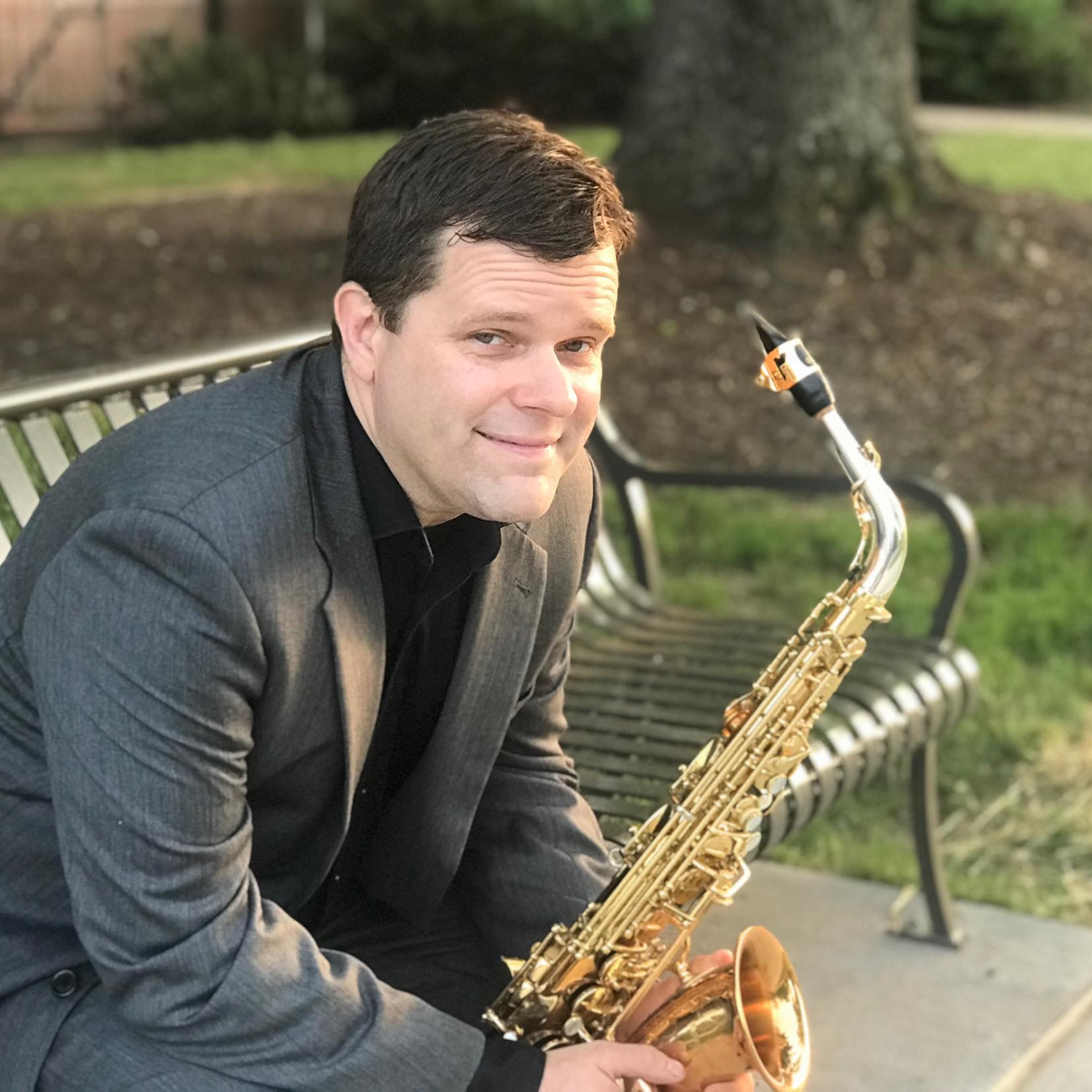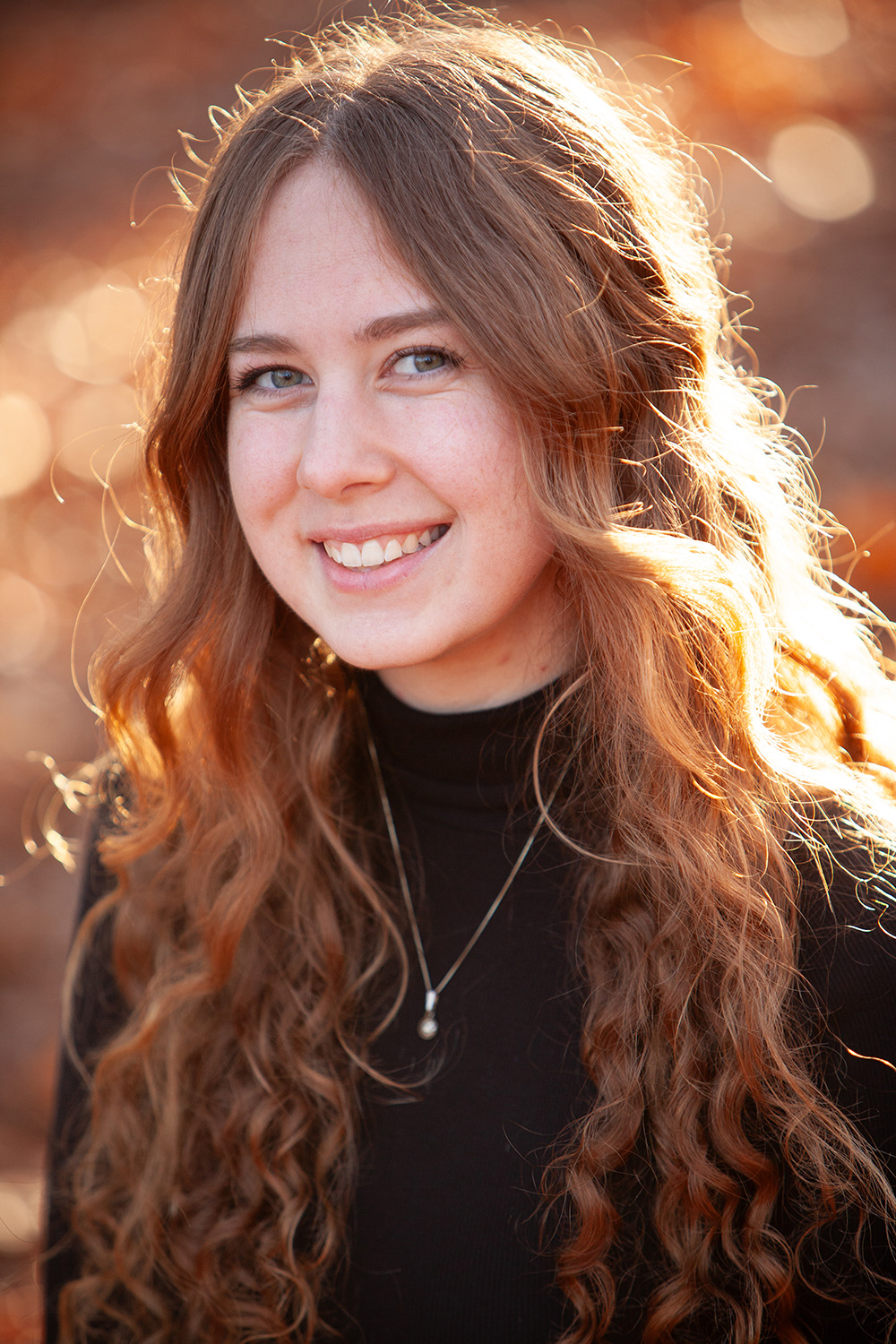“Pursuit”
Francis M. Frost
After the hour they are beset,
the deer forget
the melancholy horns, the hounds,
the fatal wounds
escaped again. After the sound
of the hunt is gone,
the rabbit forgets; his whiskers twitch
on the knoll, in the ditch;
he scurries, his soft ears flat to his head.
But man, in his bed,
Remembers the scythe of wind in rue
and the acrid blue
smoke from the leaves, the field left fallow,
the stiffened yarrow.
The fox forgets the ended danger;
but man is no stranger
to death: he remembers and is waylaid
by the ghost of shade;
at the phantom of shadow upon the hill,
he freezes and is still.
Generally, my two young children love to play tag. We giggle and run, breathing hard, faces flushed. It’s all good fun usually until I run around behind my daughter, and perhaps catch her unaware. If I’m not careful, fun turns into terror, and then the game is over until she can recover.
Being purposefully terrified seems to be an American pastime, especially in October. We watch scary movies, walk (or if you’re like me, stumble) through fright fests, and go door-to-door in pursuit of something sweet, sometimes dressed to scare. It seems we’re searching for something—perhaps with enough vigor we feel we can scare off winter for just a few more days.
I think the thrill of the chase is something deeply ingrained within us. We talk of the ‘good ache’ that comes after a good workout, and we grin mildly as we pant in exhaustion after a foot race. We seek promotion, chase a lover, hunt for a discovery. The toil can be tough and tedious, and we might question why we sweat when we’re in the middle of the labor, but the reward always seems worth it once we’ve found it.
The pursuit seems to thread its way through so much of everything we do. It is even metaphysical for some of us, captured in the famous song by David of Israel:
“As a deer pants for flowing streams, so pants my soul for you, O God.”
Whatever God might be for us, we know what it feels like to thirst for it. Tonight, we celebrate that feeling, and the joy of the reward when we might finally catch a taste of that which we seek.
-C.R.
Eternal Flame
When I was approached by Artistic Director David A. Turrill about writing a piece
in honor of the 100th anniversary of the Zanesville (Ohio) Memorial Concert Band,
he told me it would be amazing if I could somehow tie the piece into the local community.
The band does a summer concert series at Zane’s Landing Park, a beautiful outdoor
venue. I soon learned that Zane’s Landing Park is also home to Zaneville’s Eternal
Flame, the only eternal flame memorial in the United States dedicated to Medal of
Honor recipients. Almost immediately, the concept of the piece came into focus.
The opening feels much like an Olympic fanfare, immediately invoking the heroic actions
that often lead to a Medal of Honor, the highest military award for valor. While the
piece is not overtly patriotic, it does include subtle nods to America (“My Country
‘Tis of Thee”), beginning with the lyrical, stately theme that occurs after the opening
fanfare. As the music develops, various phrases from America continue to be referenced
without there ever being a full setting of the theme.
The piece concludes with a restatement of the opening fanfare, this time in a completely
different tempo and time signature, yet it feels remarkably similar to the opening.
This is juxtaposed with a flurry of woodwind activity spilling over from the previous
section, drawing everything together into a powerful conclusion.
- Program Note by composer
Wayfaring Stranger
“Wayfaring Stranger” is a setting of the American folk spiritual known as “Poor Wayfaring
Stranger.” While many versions of the lyrics to this tune exist, they all tell the
story of a traveler who makes his way on a journey despite a rough road, difficult
circumstances, and gathering darkness. He does this, the lyrics say, for the promise
of green pastures and a reunion with his father and mother at journey’s end. This
setting is intended to convey not only the difficulty experienced by the traveler,
but also the resolve which is displayed as he moves forward despite hardship, and
disappointment. “Wayfaring Stranger” is offered as a sort of resolute battle hymn
for anyone who must endure a long journey of challenge and trial before the promised
green pastures can be enjoyed.
- Program Note by publisher
The Rusty Bucket
This lively, commissioned work is an Americana piece in the style of a reel. Effectively
conveying the fun and playfulness of the old-time acoustic-based dance music found
in juke joints in the southeastern United States during the mid- to late 1800s, this
spirited piece is expertly scored with somewhat challenging 16th-note melodic material
for clarinet, flute, alto saxophone, solo euphonium, and solo trumpet (and spoons).
- Program Note from The Instrumentalist
The Last Hive Mind
“The Last Hive Mind” was written for conductor Glen Adsit and the Foot in the Door
Ensemble at The Hartt School. Inspired by several episodes of the British TV series
Black Mirror and the general idea of recent increasing debate around the artificial
intelligence and how it will affect our daily lives as human being, I put some of
my personal thoughts, standing, and imagination into this work. Thanks to Glen who
came up with this very dynamic and matching title at the preliminary stage of my writing
of it— the title also helped in the shaping of how the musical narrative is navigating
its own way throughout.
Specifically, I was struck by the idea in one episode of Black Mirror, the “Metalhead.”
After the unexplained collapse of human society, a group of people tried to flee from
the robotic “dogs,” a huge hive mind with metal built bodies and powerful computer
“brains.” The failure is almost predictable, but one detail that struck me the most
was that the whole reason that a few human beings got trapped in the crazy chasing
by the robotic dogs was because of their effort of searching a comforting gift for
a very sick child — and the gift is just a fluffy teddy bear.
In “The Last Hive Mind,” there are two forces fighting with each other — the robotic,
rhythmic, seemingly unbreakable “hive mind” music, versus the dreamy, melodic, and
warm “lullaby” tune. Lastly presented by the piano, the “lullaby” music is also a
quote from my mini piano concerto Canton Snowstorm. As the title indicates, this work
depicts the struggle between the artificial intelligence, or the hive mind, and the
dimming humanity; furthermore, the work implies the final collapse and breakdown of
the last hive mind followed by its triumph.
- Program Note by composer
Catch Me If You Can
Haunting and captivating describes John Williams' score to the hit movie Catch Me
If You Can that starred Leonardo DiCaprio and Tom Hanks. The music features an alto
sax soloist and a wide variety of unique percussion and scoring devices. This superb
arrangement includes the most striking musical themes from the soundtrack in a marvelous
concert setting.
- Program Note by publisher
Cheetah
Husa described his own composition as a “portrait of a magnificent wild animal, now
an Endangered Species—it’s colors, movements, power, speed—and finally, exhaustion
after an unsuccessful chase.”
This remarkable work for the wind ensemble perfectly exemplifies Husa’s ability to
write a post-tonal work with mathematic precision without sacrificing any emotional
depth. It captures both the coiled potential energy of the cheetah watching the savannah,
along with the explosion of speed and muscle as it springs into the hunt. “Cheetah,”
published in 2007, was Husa’s final work written for this medium.
-Program Note by Chris Ramos
Kauyumari
Among the Huichol people of Mexico, "kauyumari" means “blue deer”. The blue deer represents
a spiritual guide, one that is transformed through an extended pilgrimage into a hallucinogenic
cactus called peyote. It allows the Huichol to communicate with their ancestors, do
their bidding, and take on their role as guardians of the planet. Each year, these
Native Mexicans embark on a symbolic journey to “hunt” the blue deer, making offerings
in gratitude for having been granted access to the invisible world, through which
they also are able to heal the wounds of the soul. When I received the commission
from the Los Angeles Philharmonic to compose a piece that would reflect on our return
to the stage following the pandemic, I immediately thought of the blue deer and its
power to enter the world of the intangible as akin to a celebration of the reopening
of live music. Specifically, I thought of a Huichol melody sung by the De La Cruz
family—dedicated to recording ancestral folklore—that I used for the final movement
of my piece, Altar de Muertos (Altar of the Dead), commissioned by the Kronos String
Quartet in 1997.
I used this material within the orchestral context and elaborated on the construction
and progressive development of the melody and its accompaniment in such a way that
it would symbolize the blue deer. This in turn was transformed into an orchestral
texture which gradually evolves into a complex rhythm pattern, to such a degree that
the melody itself becomes unrecognizable (the imaginary effect of peyote and our awareness
of the invisible realm), giving rise to a choral wind section while maintaining an
incisive rhythmic accompaniment as a form of reassurance that the world will naturally
follow its course.
While composing this piece, I noted once again how music has the power to grant us
access to the intangible, healing our wounds and binding us to what can only be expressed
through sound.
Although life is filled with interruptions, “Kauyumari” is a comprehension and celebration
of the fact that each of these rifts is also a new beginning.
- Program Note by composer
The Black Horse Troop
“The Black Horse Troop” march was completed December 30, 1924, at Sousa’s Sands Point,
Long Island, estate. It was played for the first time about ten months later on October
17, 1925, at a concert of the Sousa Band in the Public Auditorium, Cleveland, Ohio
– and I was there. I had not been to such an event as this one. I remember that as
Sousa’s march was being played, Troop A rode [their horses] onto the stage and stood
behind the band to the tumultuous cheering of all. The March King enjoyed a long relationship
with the men and horses of Cleveland’s Ohio National Guard Cavalry, known as Troop
A.
- Program Note by Frederick Fennell
Mitchell Hall
Conductor
|
Flute Bassoon |
Trumpet Trombone
|
Dr. Christopher Ramos
Conductor
|
Flute Cami Bartholomew clarinet Rain Evans bass clarinet Lane Strabel
Emily Adams* Bassoon Andrew Apgood* saxophone trumpet Arye Arteaga |
Horn Steven Dulger* Trombone euphonium Abdallah Elhaddi
TUBA
Jay Henrie Alex Jensen*
STRING BASS piano HARP
|
|
|
* denotes section principal |

Todd Goranson, DMA, RN, is Professor of Saxophone and Bassoon at Messiah University, where he also teaches music entrepreneurship and jazz curriculum. Dr. Goranson previously served on the music faculties of Texas A&M University-Commernce and Frostburg State University. He holds performance degrees from the University of Idaho and the Doctor of Musical Arts from West Virginia University. An advocate for musicians’ health, he is also a registered nurse who has authored health-related articles and presented lectures at major music conferences and universities throughout the United States.
Lauded by Fanfare Magazine as “an agile and characterful soloist”, Dr. Goranson’s diverse saxophone credits include performances with Ray Charles, The Temptations, The Four Tops, Johnny Mathis, Utah Symphony, Dallas Winds, the Jimmy Dorsey Orchestra, Keith & Kristen Getty, Sandi Patti, Dennis Edwards, the West Virginia Symphony, the Harrisburg Symphony, and many other fine artists and orchestras. He has additionally performed as bassoonist with over twenty professional orchestras in the US, Mexico, Sweden, and China. Dr. Goranson is the former principal bassoonist for the Plano Symphony and Irving Symphony, where he performed from 2002-2012. He is a founding member of Triforia Winds, Junction Saxophone Quartet, and Trio Atlantis. Goranson can also be heard on his 2021 saxophone CD release Cantilena on the Mark Masters label.
A prolific performer and clinician, he has given concerts and clinics throughout the US and in the United Kingdom, China, Sweden, Mexico, Malaysia, Thailand, Canada, and Puerto Rico. Goranson is a Vandoren Paris Artist-Clinician, Yanagisawa Saxophones Artist, and Conn-Selmer Artist. His saxophone instructors have included Curtis Johnson, Robert W. Miller, Barry Bergstrom, and Andy Wen. Todd lives in Mechanicsburg, Pennsylvania with his wife Jocelyn, and their two teenage sons, Lincoln and Josiah.

Mitchell Hall is the Director of Bands at Cedar Valley High School in Eagle Mountain,
Utah. He directs the CVHS Concert and Jazz Ensembles, as well as the Cedar Valley
Crimson Regiment, Pep Band, and Pit Orchestra, and was the 2024 CVHS and Alpine School
District teacher of the year. Mitch maintains a modest private clarinet studio and
his students regularly perform with the Utah All-State Ensembles. As an Adjudicator
and Clinician, he has worked with groups across Utah and Idaho. As a presenter, he
has been featured at the Utah Music Educators Association and Utah Bandmasters Association
conferences, and his Wind Symphony was invited to perform at the UMEA conference in
2023. Prior to Cedar Valley High School, Mitch worked as the Assistant Band Director
at Skyridge High School and Director of Bands at Lehi Junior High School, where he
was the 2019 Teacher of the Year. Mitch is a graduate of the University of North Texas
College of Music where he worked in the UNT Wind Studies Office and was the Student
Assistant to the Director of the UNT Green Brigade Marching Band. He student-taught
at Keller High School and Keller Middle School in Keller, Texas. Mitch is pursuing
a Master’s Degree in Music Education at SUU and will graduate in December.
Mitch’s professional affiliations include the Utah Music Educators Association, National
Association for Music Education, National Band Association, Utah Bandmasters Association,
and the Phi Mu Alpha Sinfonia National Music Fraternity.

Caryl Klemann is a student at Utah Valley University from Keller, Texas, currently pursuing her bachelor’s degree in Music Education and Flute Performance. She is principal flute of the UVU Wind Symphony and Symphony Orchestra. Along with participating in local ensembles, she also enjoys teaching flute students in the area and working on staff for high school marching bands. She will be graduating next spring.

Chris Ramos is currently serving as Director of Bands at Utah Valley University in
Orem, Utah. He conducts the UVU Wind Symphony and directs instrumental studies within
the music education area. Prior to academia, Chris served as a band director at Dalat
International School in Penang, Malaysia. He is also an active scholar working at
the intersection of wind band studies, disability theory, and music education. He
holds degrees from The Hartt School where he studied with Glen Adsit and Edward Cumming,
the University of New Mexico where he studied with Eric Rombach-Kendall, and from
Texas A&M University-Commerce where he studied with Phillip Clements, Luis Sanchez,
and Mike Morrow. An avid supporter of new music, he has been part of several commissioning
projects and has recorded with both the Naxos and Summit record labels. He is an active
member in the College Band Directors National Association, Utah Music Educators Association,
Utah Bandmasters Association, American Musicological Society, and National Association
for Music Education, and is an honorary member of the Phi Mu Alpha Sinfonia National
Music Fraternity.
More at his website: https://www.christopheraramos.com


The arts possess the sublime power to inspire, engage, and transform. Just as a solitary note holds the ability to captivate, a single voice, gesture, or melody possesses the ineffable power to carry us away.
We invite you to embark upon a new journey with us this season at The Noorda Center—home to inspiring events and an exciting hub for the arts in Utah County. Our mission is to produce and present artistic excellence, which would not be possible without the generous support of our donors and sponsors. We thank them and express our deep gratitude to all patrons, supporters, and friends of The Noorda Center.
Thank you for journeying with us this season to experience the profound and transformative power of the arts! —Courtney R. Davis, Dean, School of the Arts
Courtney R. Davis, J.D., M.A.
Dean, School of the Arts
Department Chair
JEFFREY O'FLYNN
Associate Chair
MELISSA HEATH
Administrative Assistant
CHRIS GINES
Choirs
REED CRIDDLE
CHERILYN WORTHEN
Orchestra/Cello
CHEUNG CHAU
Violin
DONNA FAIRBANKS
Clarinet
JEFFREY O’FLYNN
Trumpet/Music Theory
RYAN NIELSEN
Percussion
SHANE JONES
Piano
HILARY DEMSKE
Jazz/Commercial
DAVID BAKER
Voice
MELISSA HEATH
ISAAC HURTADO
Commercial Music
CHARLIE HAN
TODD SORENSEN
Theory
BRYCE RYTTING
Musicology
ROSS HAGEN
Director of Bands
CHRIS RAMOS